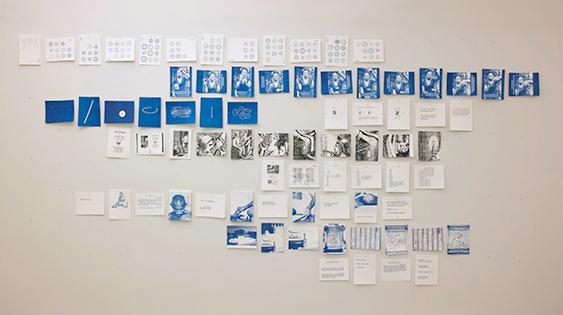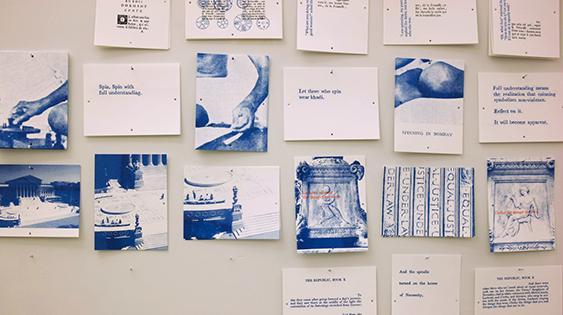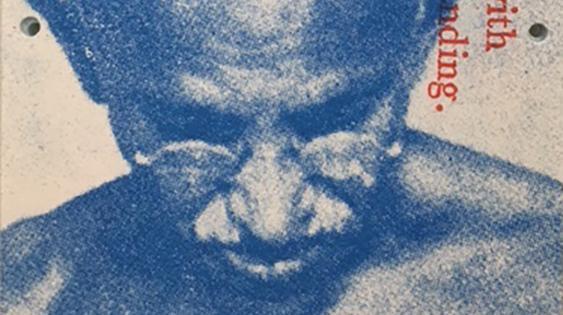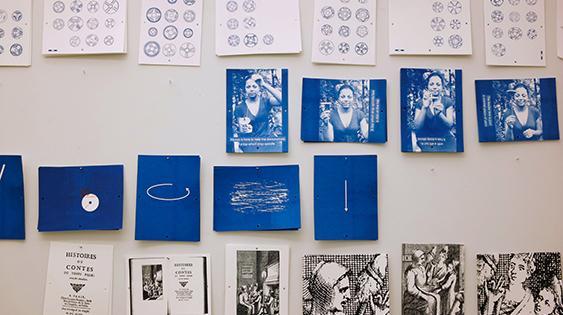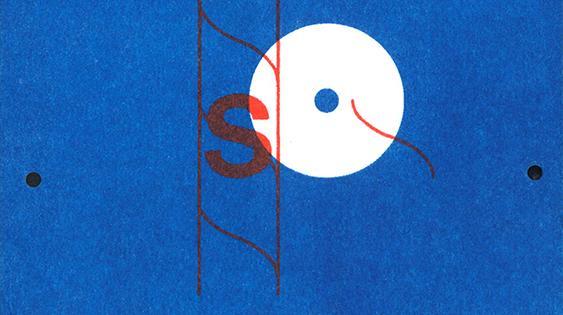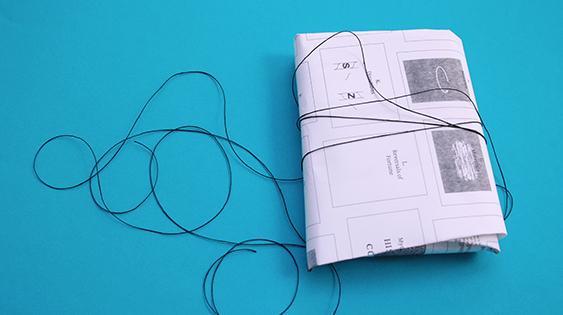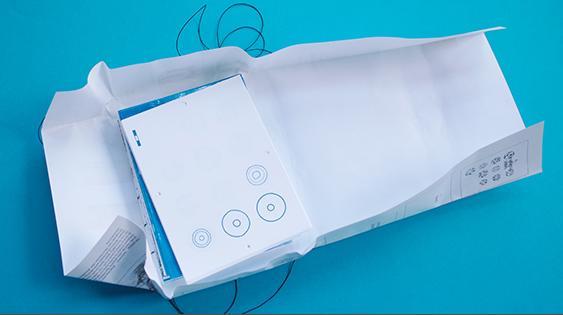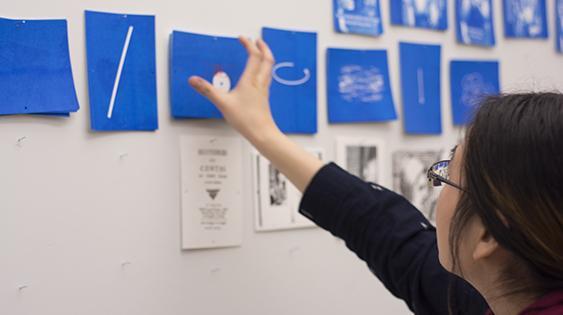The Spindle
I began my exploration in graduate school by looking at ancient objects of archeology. In the process, I became interested in the spindle. Its inscribed whorls caught my attention, and I’ve found it to be a rich historical object that speaks to me about who we are and how we have progressed.
The spindle is a machine that emerged with the transition into organized village life. As such, it is a designed object that contributed to the organization of civic life, of labor, trade, industry, agriculture, and culture. It gives us clues about the relationship of design to these broader questions—the spindle played a role in shaping labor, class, and administrative structures, while serving the mercantile and manufacturing needs of the textile industry.
This simple object represents a complex alliance of material, form, and human imagination. The whorls are a rich record of motifs and patterns from thousands of years and different places. The object is a recurrent symbol in early myths and in literature and tales, serving as a shared cultural metaphor for fate. It represents cosmic order and the organization of the universe in Plato’s Republic. And it serves as a symbol of non-violence for Gandhi, and as an actor in restoring village economies, helping to free India from British colonial rule.
The spindle is neither additive nor subtractive. It is transformative. It is an object that transforms with rotation and direction unsorted fibers into twisted yarn, from chaos to order. It does not add, it does not subtract, it structures. For my thesis project, I used existing found materials, and developed a practice based on finding and compositing. I researched by looking at primary sources, including spindles themselves, texts, and tales.
The project follows the idea of structuring the elements around spinning and weaving: fibers, thread, and mesh. Individual images and texts are fibers; individual narratives become threads; and this composite of multiple understandings becomes a mesh. Cards are akin to fibers. The basic element is the card, loose, unstructured, easily reconfigurable, made of individual images and texts. Each narrative becomes a thread. And this composite of multiple understandings becomes a mesh.
The spindle serves as a unifying element through which a broad range of disciplines can be explored. It allows us to learn from primary sources, as an antidote to contemporary unsourced information—from false interpretation to fake news. This runs counter to the repetition of mainstream opinion, in which very limited information, a few tropes, are repeated over and over and constantly multiplied.
Through this project, I hope to help myself and others better understand one small aspect of the past in order to provide guidance in the future. Or, as Gertrude Stein puts it, I hope this project helps us see one small object differently; so that this simple tool, that hasn’t really ever changed, can help point the way to a clearer understanding of our role as designers who operate within both the commercial and cultural realms.

